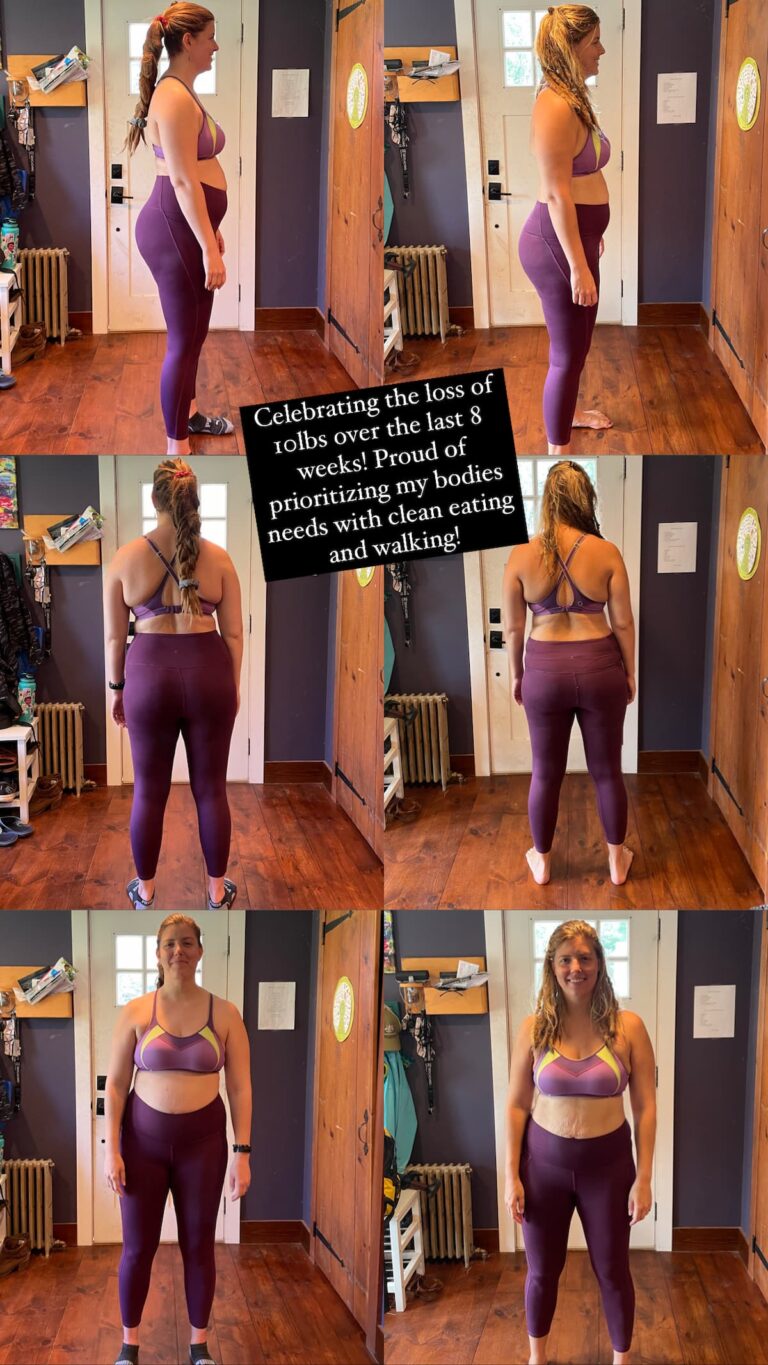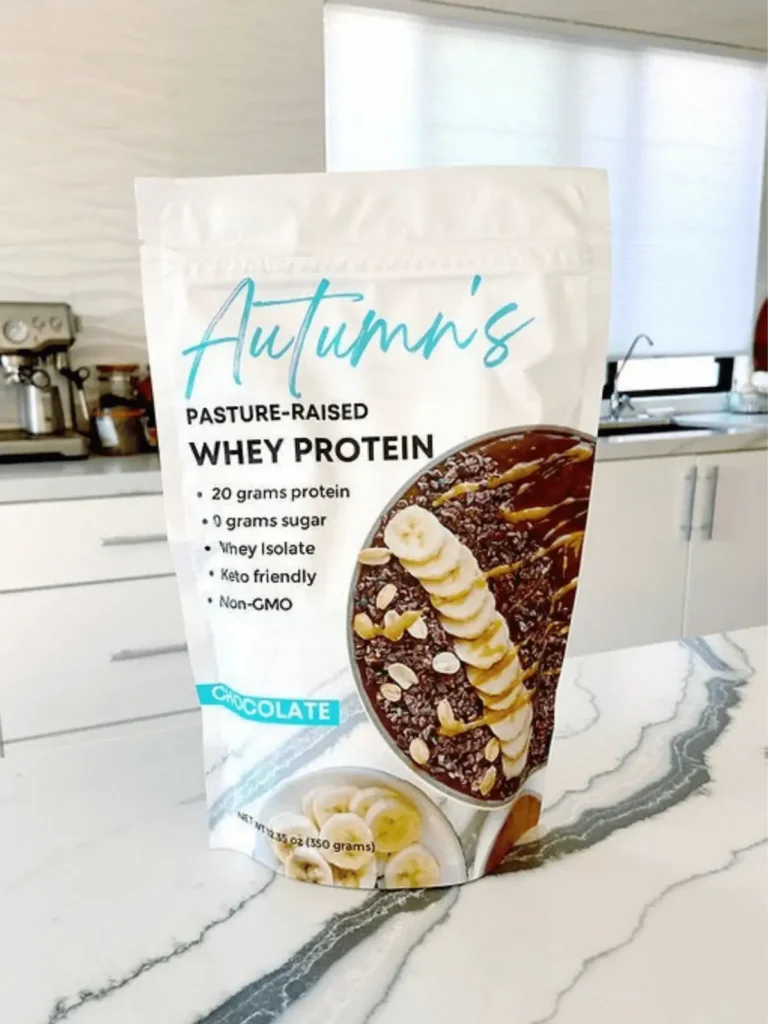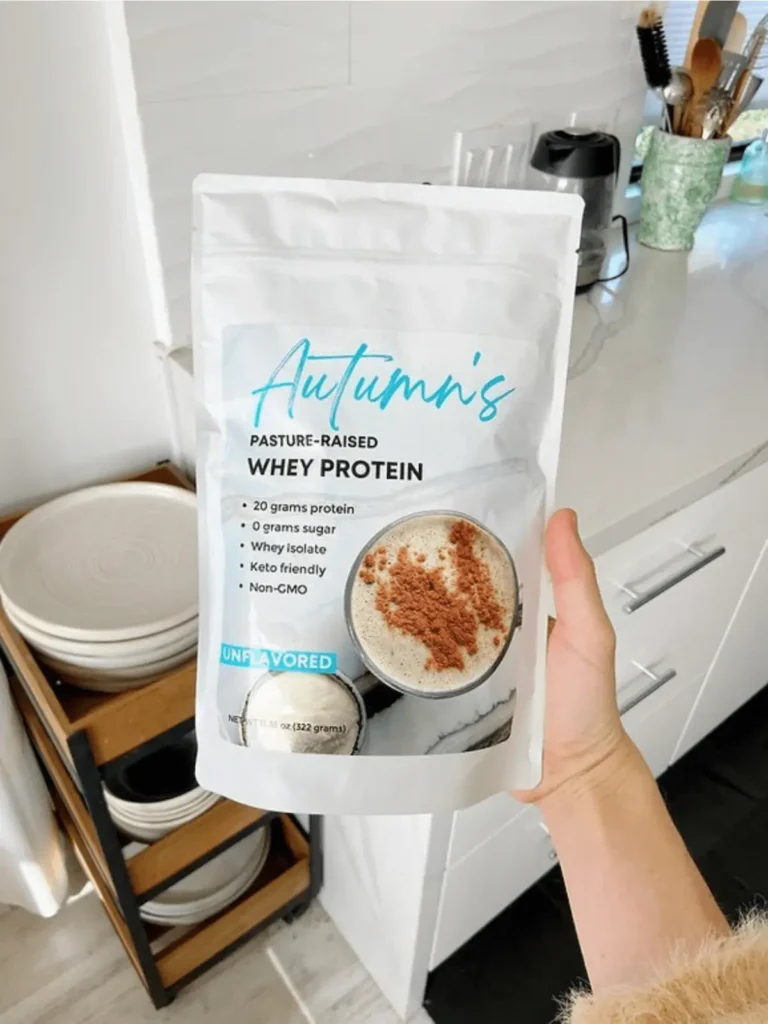Walking is a significantly better tool for weight loss and fat loss than running, especially when it comes to sustainable fat loss. It boils down to how our hormones respond to each exercise.

When people try to lose weight, one of the first things that they do is increase their cardio. The reasoning behind this is that running burns more calories than walking or strength training, so it should be increased in order to boost your fat loss. I
work with many clients on reducing their fat percentage while maintaining/gaining muscle mass and one of the first things I have them do is to decrease their running. It may seem counterintuitive, but in today’s article, I’m going to share with you why and how walking can boost your fat burning benefits while also reducing stress levels and lowering feelings of anxiety.
What Happens When You Run
When you take the first few steps of your run, your body uses a quick, but inefficient source of energy through a process called anaerobic metabolism. This lasts for the first 90 seconds or so until you breathe in enough oxygen to switch over to aerobic metabolism (ever notice how the first few minutes of a run are the hardest? This switch is why).
In aerobic metabolism, your muscles preferentially use glycogen – which are carbohydrates stored in your muscles. Your body can only store so many carbohydrates, so it utilizes a few hormones to help stimulate the release of those carbs (glucose) into the blood supply in order to have instant energy. One of these hormones is called cortisol ~ aka the stress hormone.
Cortisol is produced as a result of essentially every type of workout, including strength training, HIIT, and many types of classes. Cortisol is an essential part of exercise to help provide energy. However, doing too many cortisol inducing workouts too frequently causes high levels of cortisol.
High levels of cortisol causes your body to deposit and store fat around the abdomen – even if you are exercising more than you are eating. Weight loss and gain is a HORMONAL concern, not a CALORIE one.
What Happens When You Walk
Walking, on the other hand doesn’t spike cortisol levels the same way that running does. As a result, you don’t experience the effects of excess cortisol such as weight gain around the belly.
In fact, studies show that those who walk have a lower BMI and waist circumference than those who don’t. Walking has also been linked to balancing your hormones, increasing energy levels, protecting your thyroid, reducing PMS symptoms, decreasing anxiety and depression, and reducing your risk of arthritis. Another perk ~ head outside (when possible) for your walk. Studies show that spending just 15 minutes outdoors can significantly lower your cortisol levels as well. If possible, go to a local park, forest, beach, or other natural environment for your walk to reap the most benefits.
How To Walk For Fat Loss
I suggest adding 2-3 walk days per week to your workout routine. On these walk days, head outside and walk at a brisk pace for 30-60 minutes as your workout for the day. If you like to add some type of cardio on your strength training days as well, I recommend a 20 minute brisk walk to loosen up your muscles and prepare you for your workout.
Swapping walk days for your usual run can significantly boost your weight loss results, reduce anxiety, and leave you feeling much happier with your workout. I noticed the biggest change in my percentage of body fat when I swapped out my 4-5 days of running per week for walking.

















